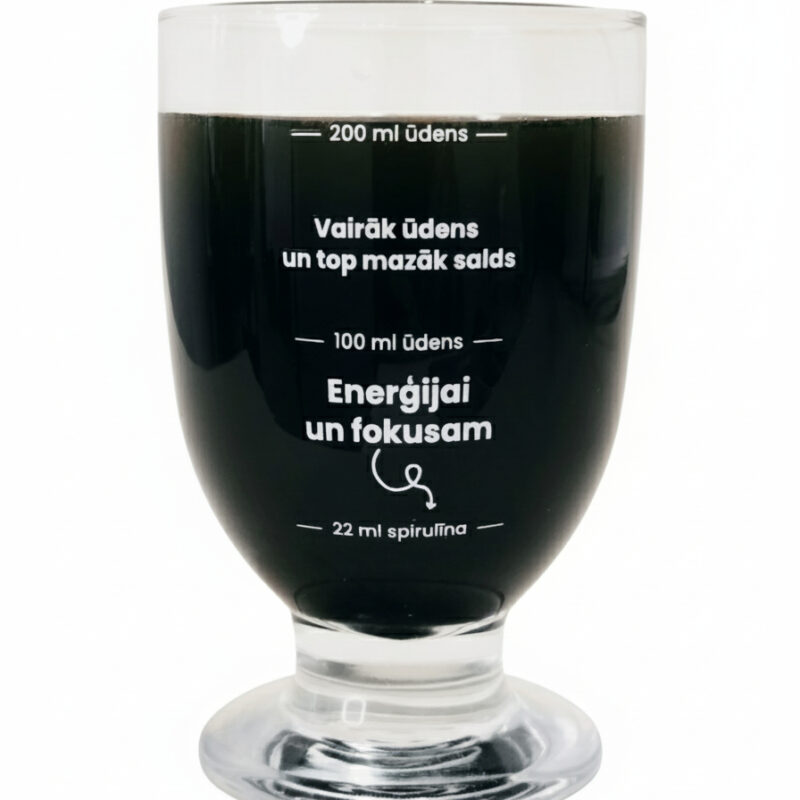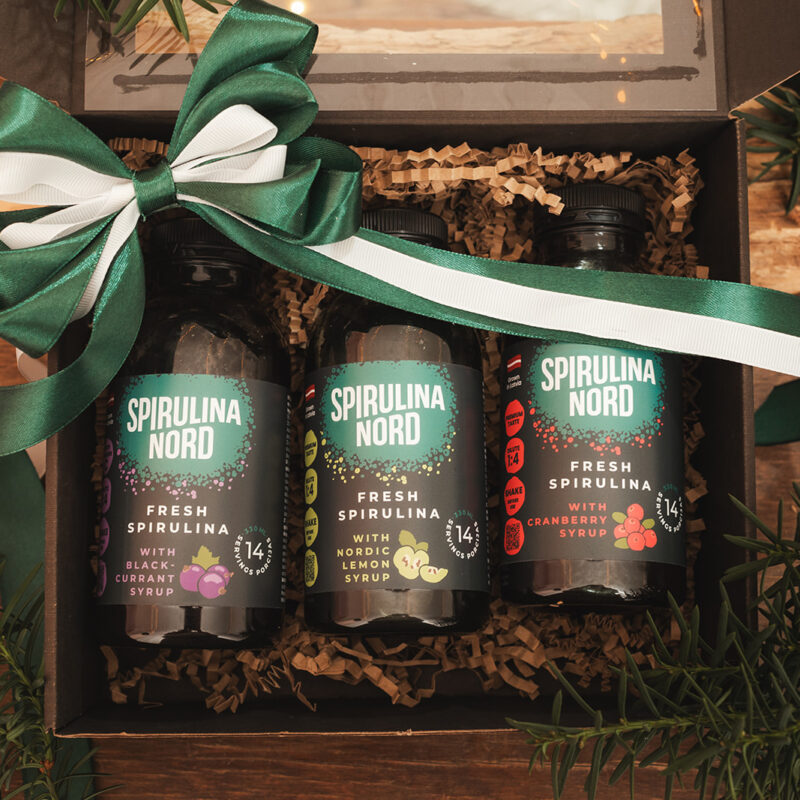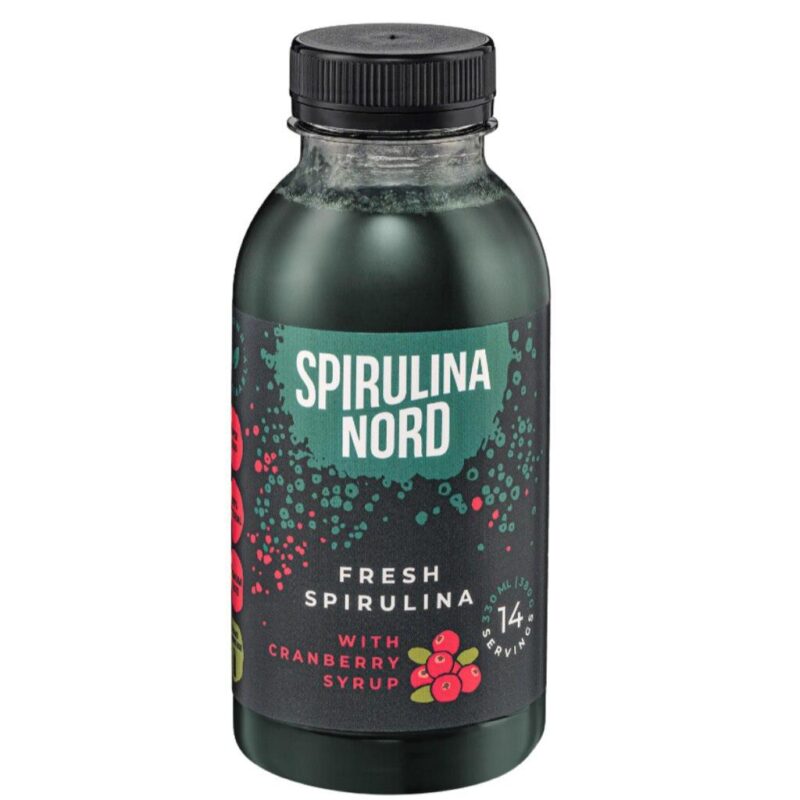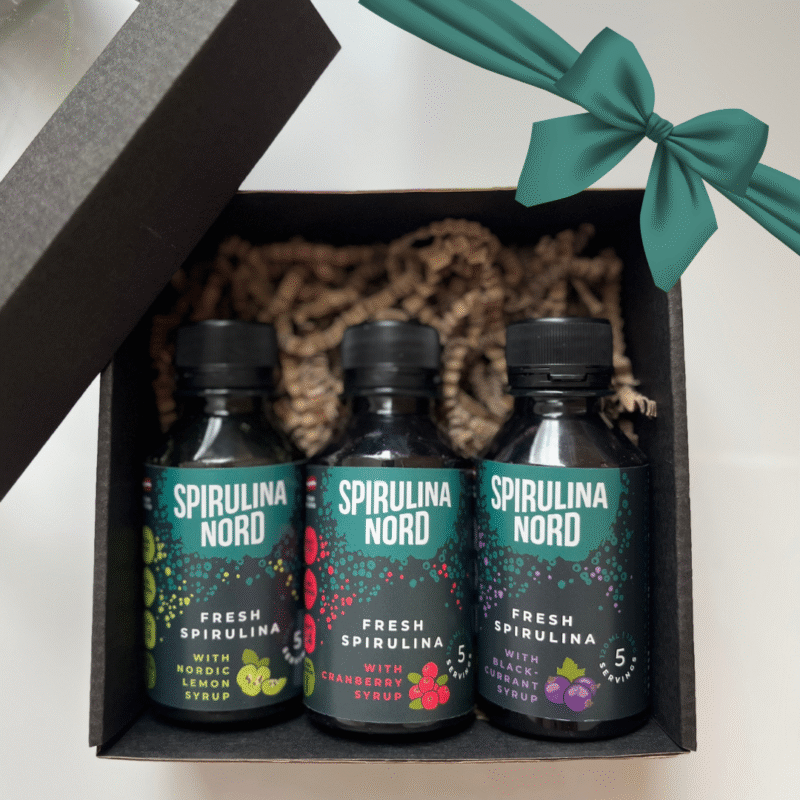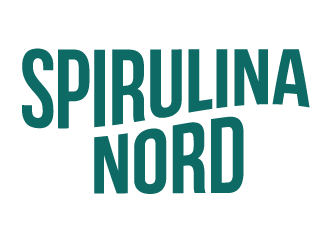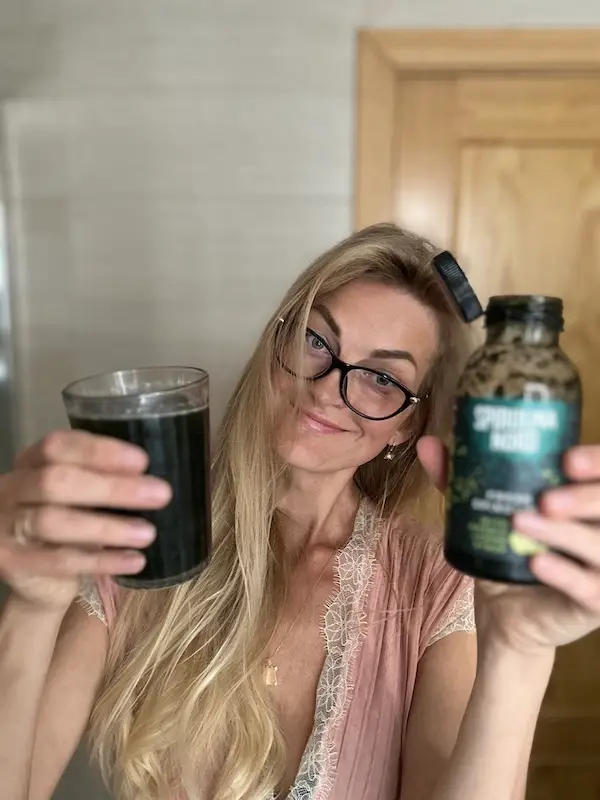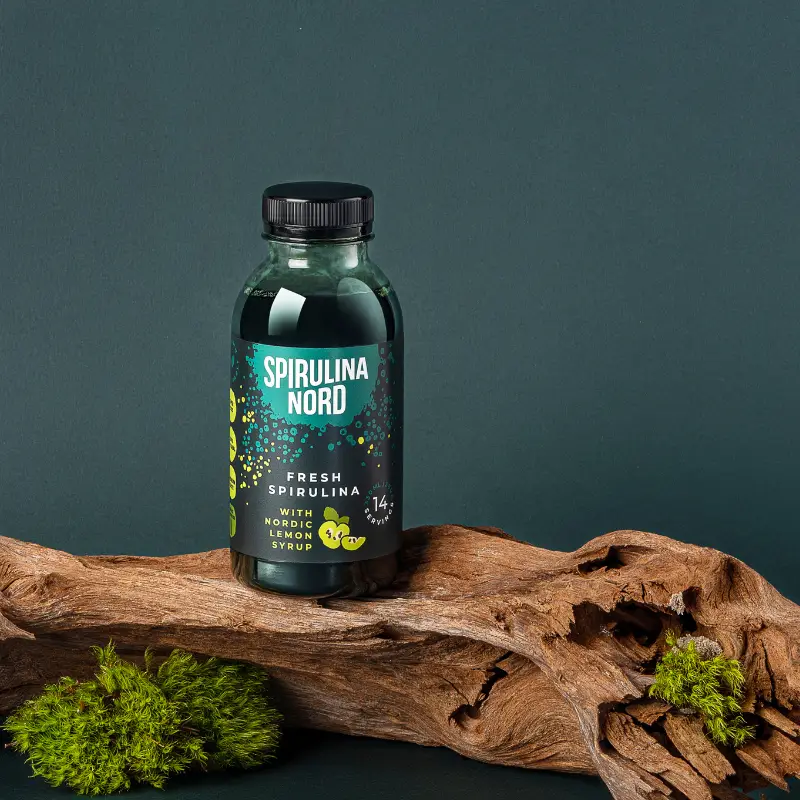Spirulīna ir viens no visvairāk pētītajiem augiem pasaulē. Lūk, 10 patiesības par šī superfood pārsteidzošajām priekšrocībām.
1. Spirulīnas pozitīvā ietekme uz veselību tika atklāta, pētot Āfrikas iedzīvotāju paradumus un novērojot, ka tieši ap Čadas ezeru, kur tā aug, dzīvo veselīgāki cilvēki. Lai gan viņi ikdienā cieš no nepietiekama uztura.
2. Spirulīna ir vienīgā ēdamā zilazaļā aļģe.
3. Spirulīnu NASA un EKA astronauti ņem līdzi savās misijās, jo tā ir viskompaktākā pārtika, kas satur visvairāk uzturvielu uz gramu produkta pasaulē.
4. Cianobaktērijas* bija pirmie fotosintezējošie organismi pasaulē, kas sāka izdalīt skābekli un pārveidoja Zemes atmosfēru par skābekli.
5. ANO ir nosaukusi spirulīnu par nākotnes pārtiku, jo tā ir ilgtspējīgi audzēta un tai ir augsta uzturvērtība.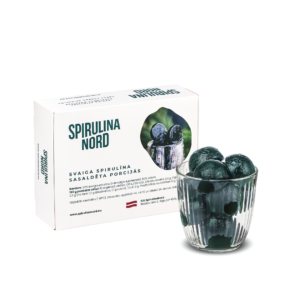
6. 99 % spirulīnas pasaulē tiek pārdota kaltētā veidā, kas ir tradicionāls spirulīnas uzglabāšanas veids un ir zināms jau kopš spirulīnas atklāšanas Āfrikā, kur to kaltēja, ieberot tieši smiltīs un žāvējot saulē.
7. 90 % eiropiešu atzīst, ka žāvētas spirulīnas garša ir nepatīkama.
8. 99 % degustētāju atzīst, ka SpirulinaNord sīrupos un sulā ir ļoti garšīga. Skābās garšās mīķi izvēlās spirulīnu dzērveņu sulā.
9. 99 % Eiropā patērēto jūras aļģu un mikroaļģu tiek importētas no trešām valstīm.
10. 6 no TOP 10 lielākajiem spirulīnas audzētājiem ir Ķīnā un audzē spirulīnu atklātos dīķos**
________________________________
Šā raksta sagatavošanā izmantotie pētījumi
**Top10 uzņēmumi Spirulina tirgū

